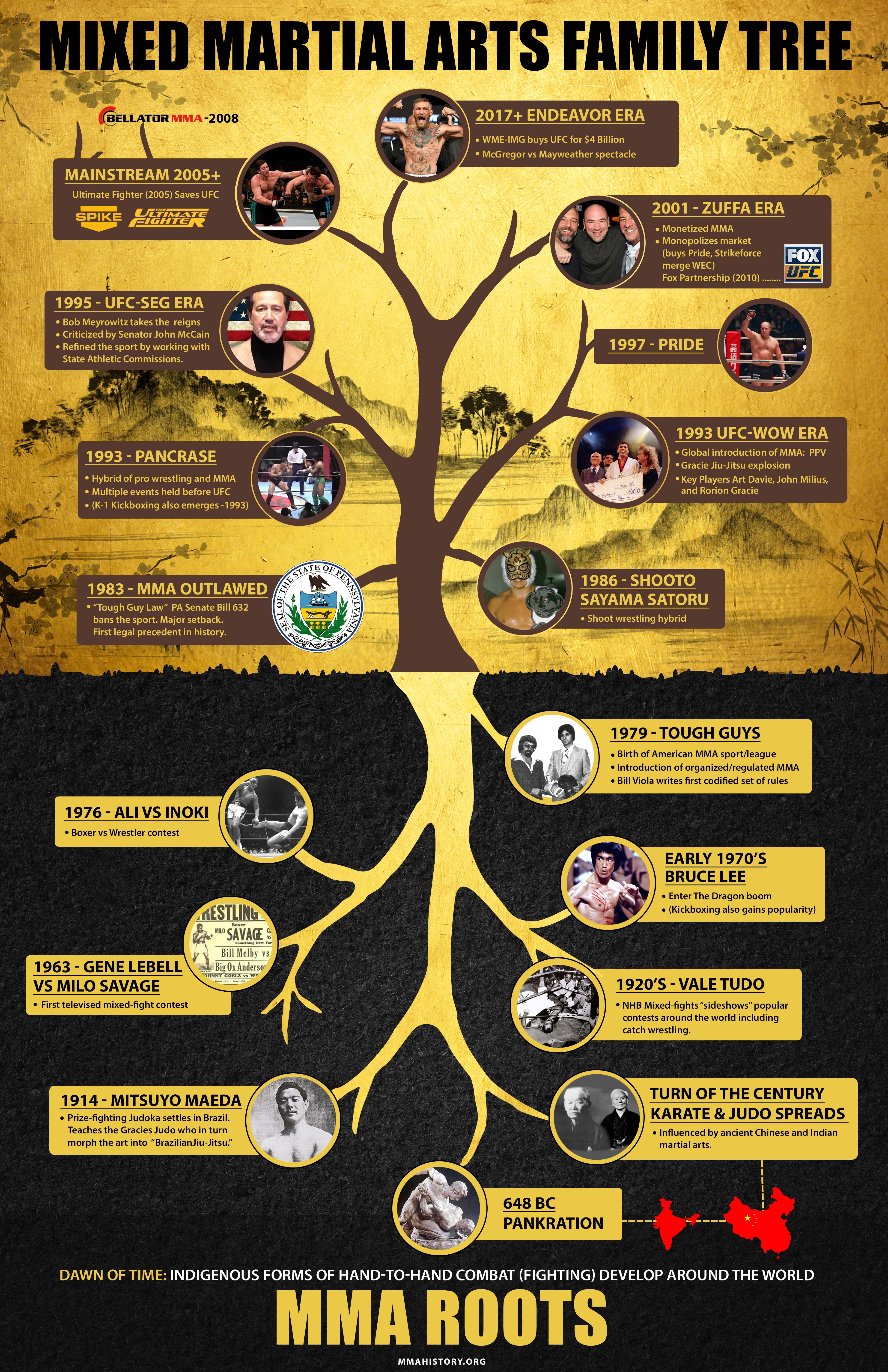The International Journey And Development Of Martial Arts Throughout History
The International Journey And Development Of Martial Arts Throughout History
Blog Article
Content Writer-Mortensen Silverman
Martial arts have a fascinating history that spans centuries and continents. You could find it interesting just how old techniques like Shuai Jiao and Kalaripayattu prepared for modern combat methods. These self-controls not just highlight physical abilities yet additionally reflect the cultures that birthed them. As you discover their development, consider just how globalization has changed these typical forms into hybrid styles. What impacts do you assume have shaped today's martial arts landscape?
Ancient Martial arts: The Structures of Battle
As you look into the world of old martial arts, you'll discover the abundant foundations that shaped fight methods throughout cultures. Very early methods focused on Self-Defense and survival, typically including strikes, hurting, and weaponry.
In ancient China, for instance, strategies like Shuai Jiao highlighted tosses and joint locks, while India's Kalaripayattu showcased agility and fluid activity. Japanese samurai created Kenjutsu, a refined swordsmanship that highlighted discipline and technique.
These martial arts offered not just for battle but also as a means of individual advancement, instilling values like respect and determination. The blending of these methods over time prepared for the varied martial arts you see today, each mirroring the special philosophies and requirements of its society.
The Cultural Influence on Martial Arts Development
While martial arts frequently show the practical needs of a society, they additionally embody the cultural values and beliefs of their beginnings. When you explore different martial arts, you'll discover just how they're influenced by religious beliefs, viewpoint, and social norms.
As https://exercise-martial-arts-for21986.izrablog.com/35557203/finding-your-method-to-a-black-belt-maneuvering-through-the-degrees-in-martial-arts-direction , the emphasis on regard and self-control in Japanese martial arts stems from Zen Buddhism and samurai culture. In contrast, Brazilian Jiu-Jitsu promotes versatility and method, shaped by the demand for effectiveness in a varied, multicultural setting.
You may locate that the rituals, uniforms, and training techniques reflect a community's background and identity. By recognizing these social influences, you grow your recognition of martial arts and their role fit human experiences across the globe.
Modern Adaptations and the Globalization of Martial arts
Martial arts have changed substantially in recent decades, adapting to modern society and international influences. You'll observe that conventional kinds have combined with contemporary techniques, producing hybrid styles like MMA. These adjustments cater to varied target markets, making martial arts accessible and enticing worldwide.
With the surge of social media sites and digital platforms, you can find tutorials and competitors from all corners of the world, damaging geographical obstacles. This globalization has actually brought about a shared gratitude for numerous disciplines, from Brazilian Jiu-Jitsu to Taekwondo.
As you engage with these arts, you'll recognize they're not nearly combat; they promote physical fitness, discipline, and mental well-being.
Eventually, modern adjustments have actually enriched the martial arts landscape, making it a vibrant and developing technique.
Verdict
In discovering the background and evolution of martial arts, you uncover a fascinating mix of methods, societies, and viewpoints. From ancient disciplines like Shuai Jiao and Kalaripayattu to the modern adaptability seen in MMA, martial arts reflect humankind's pursuit for Self-Defense and personal development. As how old to start kids in martial arts involve with these techniques, you not only get abilities however likewise a much deeper appreciation for the diverse customs that form our globe today. So, continue your trip and accept the art of battle!
